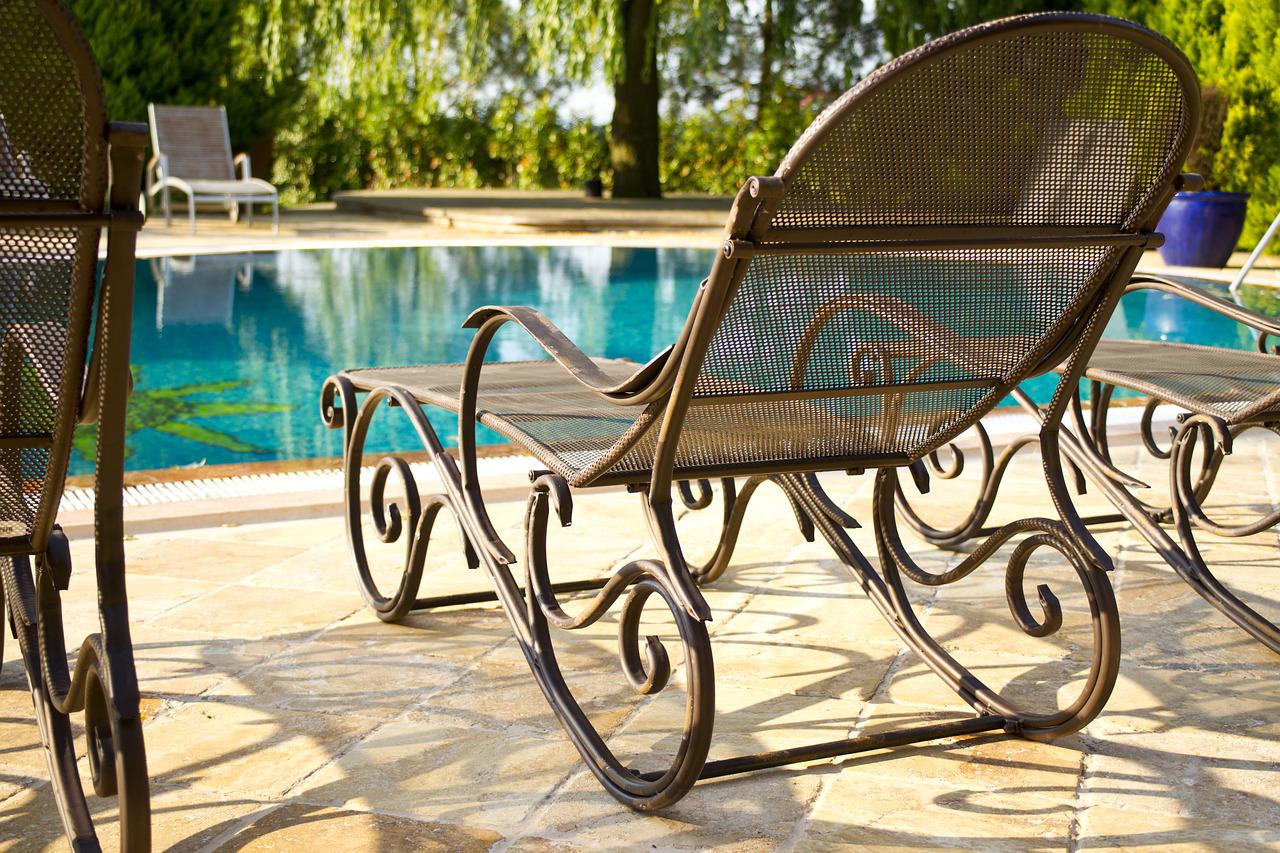There are not many features that a homeowner will enjoy more than a pool in the backyard. While the choice to put a pool in your backyard can be a substantial investment of both time and money, the payoffs over the life of the pool can be enormous. With that in mind, there are some choices to make before you start digging in the backyard.
Types of Pools To Consider
The first choice a homeowner needs to make when considering how to finance pool and then installing a pool at their home is the type of pool they will install. When people think of pools at a home, they often think of concrete pools.
One of the real advantages of a concrete pool is that the pool can be almost any size or shape. So with your imagination as your guide, your pool contractor will dig an appropriate hole.
Installation of steel-reinforced walls will be next. After that, concrete is generally shot onto the walls using a gun. Once that process is complete, the pool is plastered and finished with a surface like paint or tile.
One of the downsides of a concrete pool is the time it will take to install. On average, the process can take anywhere from 3 to 12 weeks.
Besides the flexibility of choosing size and depth, one of the advantages of a concrete pool is its durability. Another great feature of concrete pools is that they can get updated or expanded if needed in the future.
Another option for a homeowner would be to install a vinyl pool. This type of pool is one where a flexible liner gets placed into a hole dug in the ground.
While you generally cannot have the wide variety of shapes you can have with a concrete pool, a vinyl pool still offers plenty of options. Another great feature of a vinyl pool is that your construction time is drastically lower than a concrete pool. Vinyl pools can usually get done in anywhere from about one to three weeks.
One thing to consider when installing a vinyl pool is that any type of sharp object like a pool toy or ladder accessories could puncture the liner. While liner repairs are possible, if the puncture is deep in the pool, it means draining a significant amount of water out of the pool.
One final option is to install a fiberglass pool. This type of pool has a process where the pool is factory molded into a giant bowl. This bowl gets set into the ground through the use of a crane.
Since fiberglass is a non-porous material, owners of these types of pools will generally use fewer pool chemicals. Another added benefit is that the pool tends to retain less algae.
One of the downsides of a fiberglass pool is the limited amount of shapes and sizes available. Another problem is that a large fiberglass pool must ship to your home via truck. This shipping could be a real issue depending on where your home resides.
Consider Local Zoning Rules Before You Start Digging
Before you start digging into your backyard for your brand-new pool, ensure you understand all the zoning and building regulations in your area. Chances are, you will need to apply for a building permit and receive approval for your pool before beginning any work.
Some of the things you will need to consider will be setback distances from the edge of the pool to your property line and things like distances from wells and sewer lines.
Many municipalities will also expect you to have a fence around the pool that includes a self-closing and self-latching gate. There also may be limits on how wide fence boards or chain-link pieces must be around a pool.
While there can be a fair amount of work and planning going into a backyard pool, the fun you will have in your new pool is impossible to measure. As a bonus, a new pool can add tremendous market value to your home.
Are You a Professional?
Requests for your services are coming in left and right. Let’s connect and grow your business, together.


